
If you are a chocolate lover, Peru is the perfect place to visit for a dose of sweet, melty goodness. Theobroma cacao, the small evergreen tree that bears cocoa beans, grows in abundance in Peru. In fact, the very origin of cacao is the Amazon basin and Andean lowlands of Peru, Ecuador and Colombia.
Peruvian chocolate has been enjoyed by local people for centuries – used ceremonially initially and gradually enjoyed as the sweet confection it is today. Peru has some of the most delicious chocolate in the world, as illustrated by its 17 medals at the 2019 International Chocolate Awards, and its continual praise by just about all who taste it.
Chocolate is endemic to the rainforests of South America, specifically of Peru, Ecuador and Colombia. There is some debate that it grew at the same time in Mesoamerica (present-day Mexico and Central America), but the strongest paleobotanical and phytogenetic research finds its origins in the Amazon basin. In fact, it has been cultivated for more than 3,000 years by local indigenous communities of the Amazon Rainforest. In Peru, the Incas, and even their predecessors, cultivated cacao and made it into a brew. The beverage was considered medicinal and often used ritualistically.
Amazon Rainforest Tours:
It was later transported to Mexico and thereafter cultivated for thousands of years. In Mesoamerica, it was central to Mayan and Aztec culture, who believed cacao was a gift from the gods. Specifically, from a feathered serpent god known as Kukulkan to the Mayans and Quetzalcoatl to the Aztecs. It was in Mexico that it got its name chocolate from the Aztec word xocolātl, which is a mix of xococ or sour, and atl or drink. The bean made a bitter-tasting beverage at rituals and feasts. Additionally, the Aztecs used it as currency.
Much of the reason people believe cacao originated in Mexico, rather than Peru, is because this is where the Spaniards first found it in 1519. The Spanish tried it and found the beverage bitter and unsavory but noticed that it had medicinal and aphrodisiac effects.
Thus it was from Mexico that the beans arrived in Spain, where it was initially used as medicine. Later they combined it with honey, sugar, vanilla and/or spices. This sweet beverage became a delicacy enjoyed in every aristocratic home in the country. From there, it spread throughout Europe. Due to the increased demand, production increased and plantations were developed in Africa. With the invention of the cocoa press by Coenraad van Houten of Amsterdam in the 1820s, chocolate gradually became the global sensation it is today, widely available in bars, powders, truffles, syrups, ice creams, cakes – you name it.
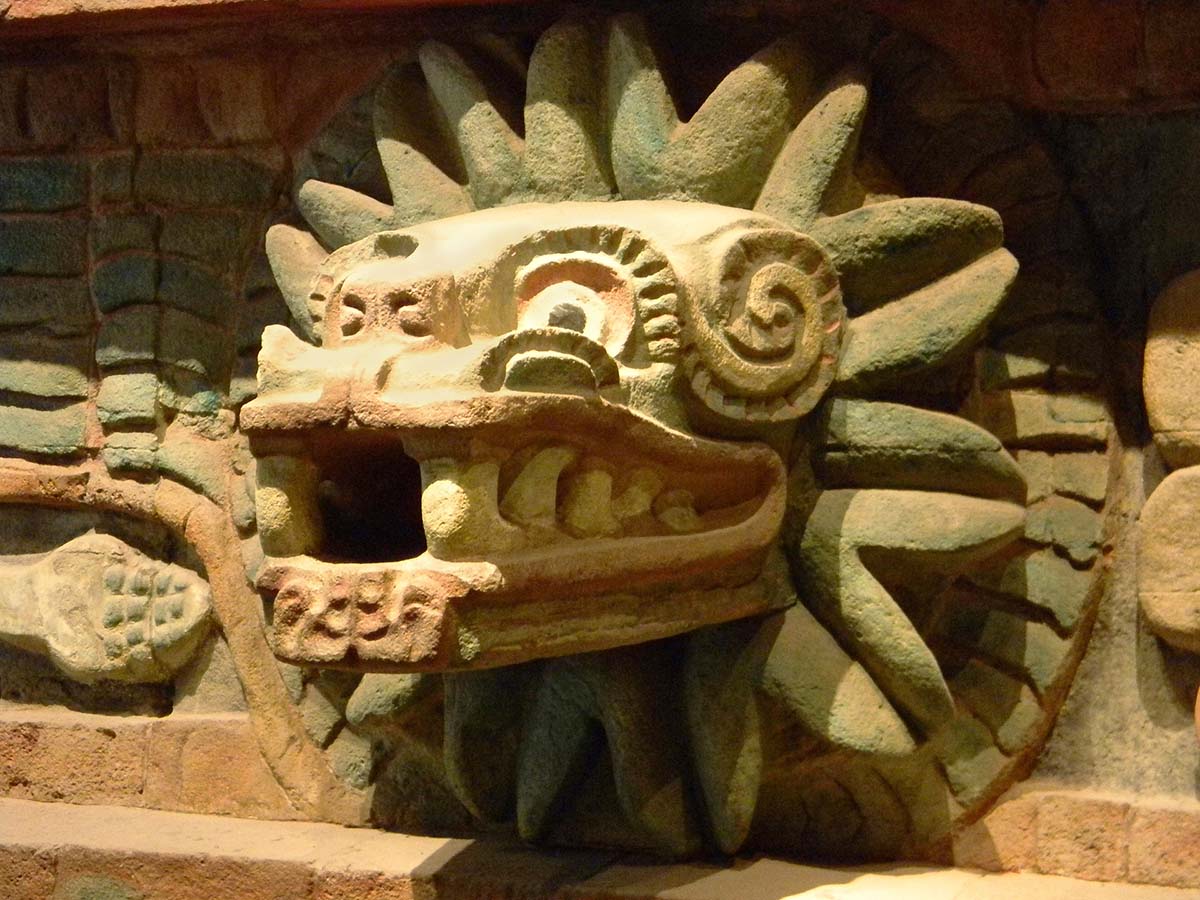
The Aztecs believed that cacao was a gift from the feathered serpent god known as Quetzalcoatl. Image: Quetzalcoatl” by Rodro on Pixabay, used under Pixabay License / Resized and compressed from original.
In Peru, cacao grows in both the basin of the Amazon Rainforest and the foothills of the Andes Mountains. Specifically, Peruvian cacao is grown in Amazonas, San Martín and Ucayali in the Amazon region, as well as low jungle areas of Cajamarca, Huánuco, Junín, Ayacucho and Cusco. Additionally, it is grown along the northern coast in Tumbes and Piura.
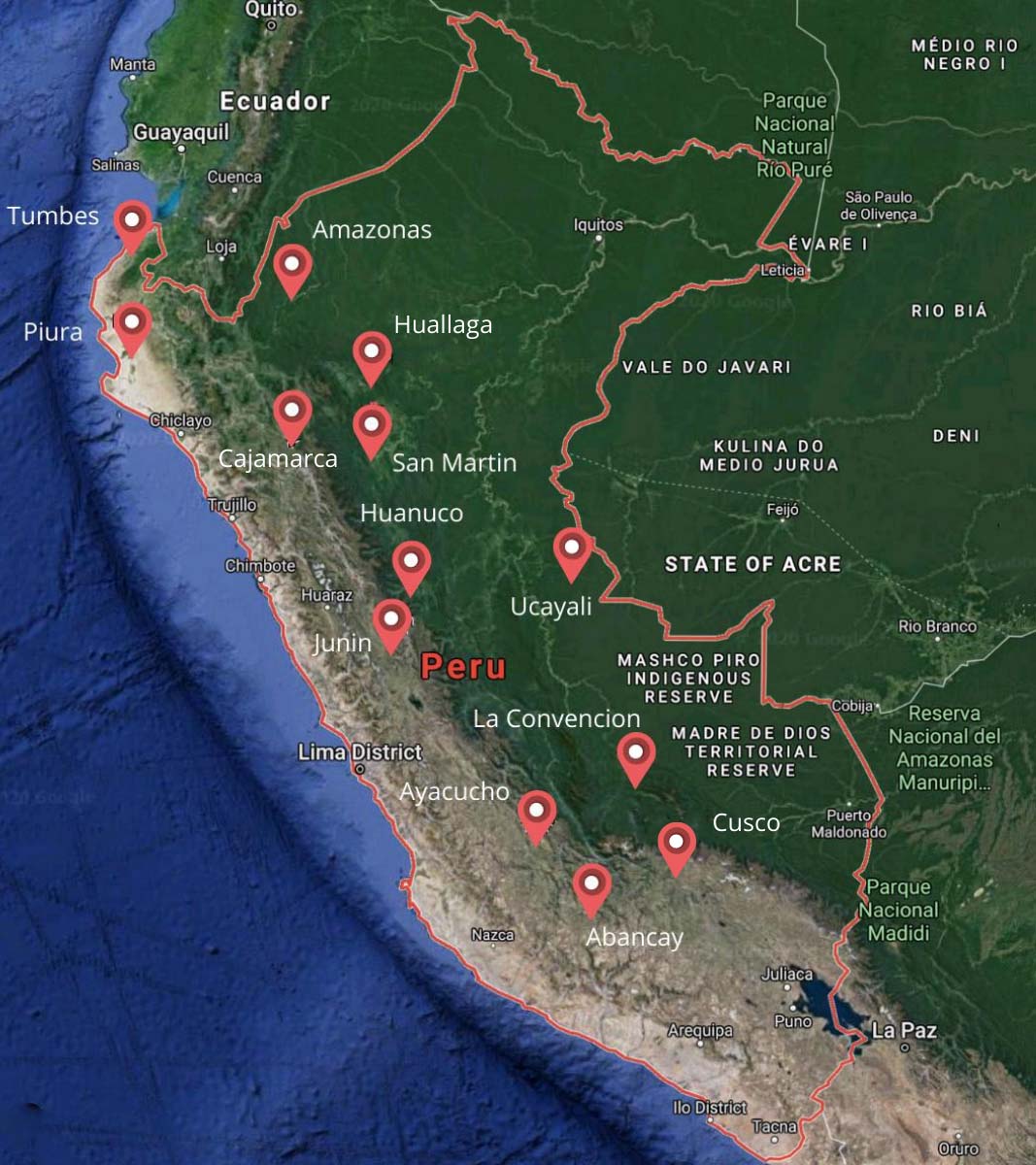
Map of growing regions for Peruvian Cacao. Image: Peru for Less
With cacao, there is typically a main crop and a mid crop season. In Peru, the main crop season for growing and harvesting cacao is between April and August. The majority of the cacao grows during the main crop season. The mid crop season in Peru is between October and November. Even though the actual growing season and harvest is limited to a certain portion of the year, tending to cacao is a year-round effort for cacao farmers. All year, local workers take care of the trees, hand harvest the pods, process the beans into chocolate, and finally, package and sell the finished product. Approximately 50,000 Peruvians work in the cacao industry.
The production of cacao typically involves:
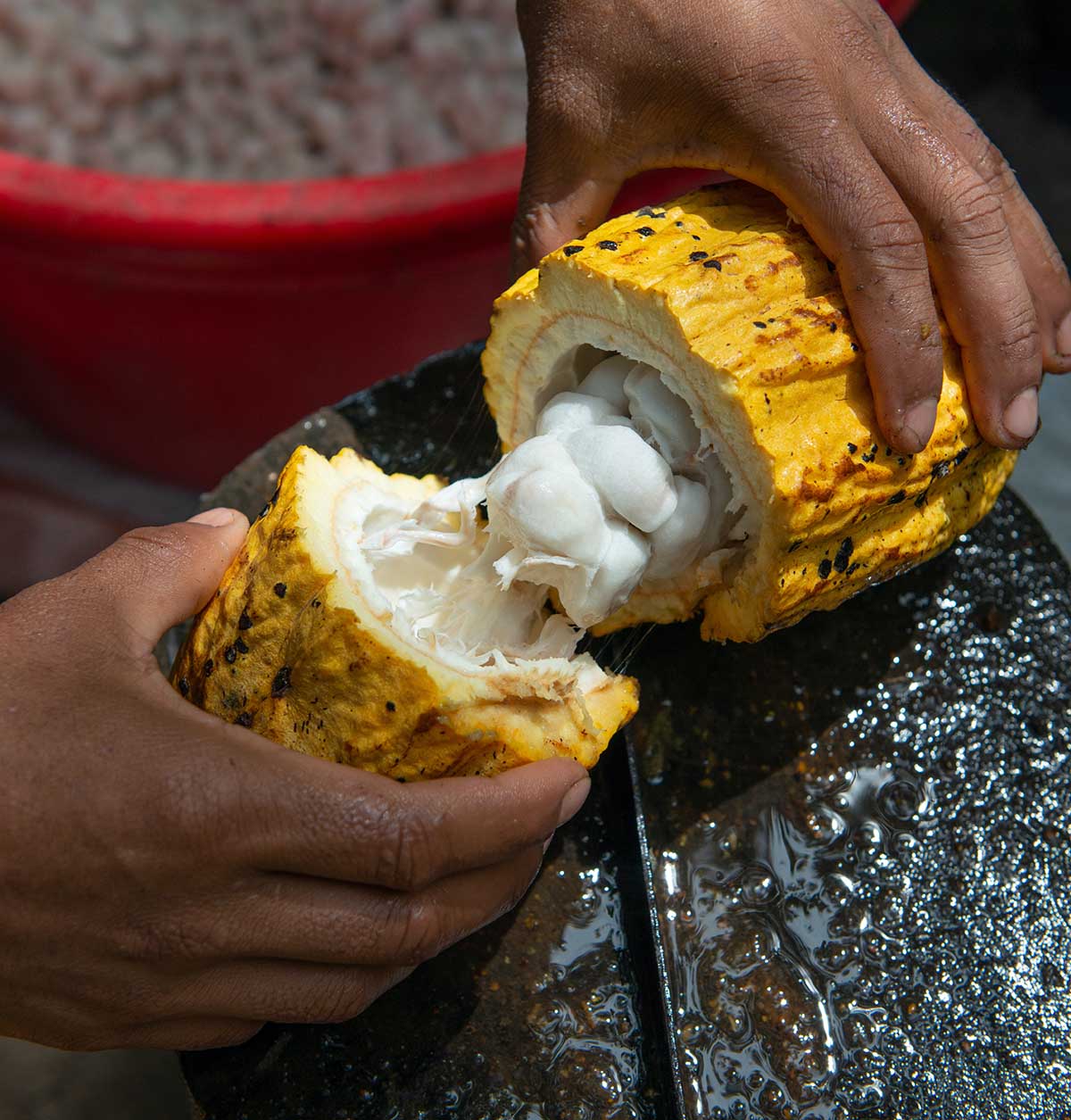
The inside of a fresh cacao pod, revealing the pulp-covered cocoa beans. Image: Rodrigo Flores on Unsplash.
Believe it or not, as delicious as chocolate is, it is also super healthy. In fact, it’s a Peruvian superfood. Especially in its raw form, whole cacao and cacao powder benefits are abundant. Firstly, it is full of fiber and protein, which support digestion and build muscle, respectively. Secondly, it is booming with trace minerals like potassium and magnesium, which support neurological and metabolic function. Perhaps most immediately notable is its mood-enhancing properties, thanks to its theobromine and phenylethylamine content, which can boost mood and increase energy levels almost instantly.
Cacao health benefits are diminished with processing and sugar/milk additives, but even a good dark chocolate bar can bring quite a lot of minerals, antioxidants and other bioactive compounds.
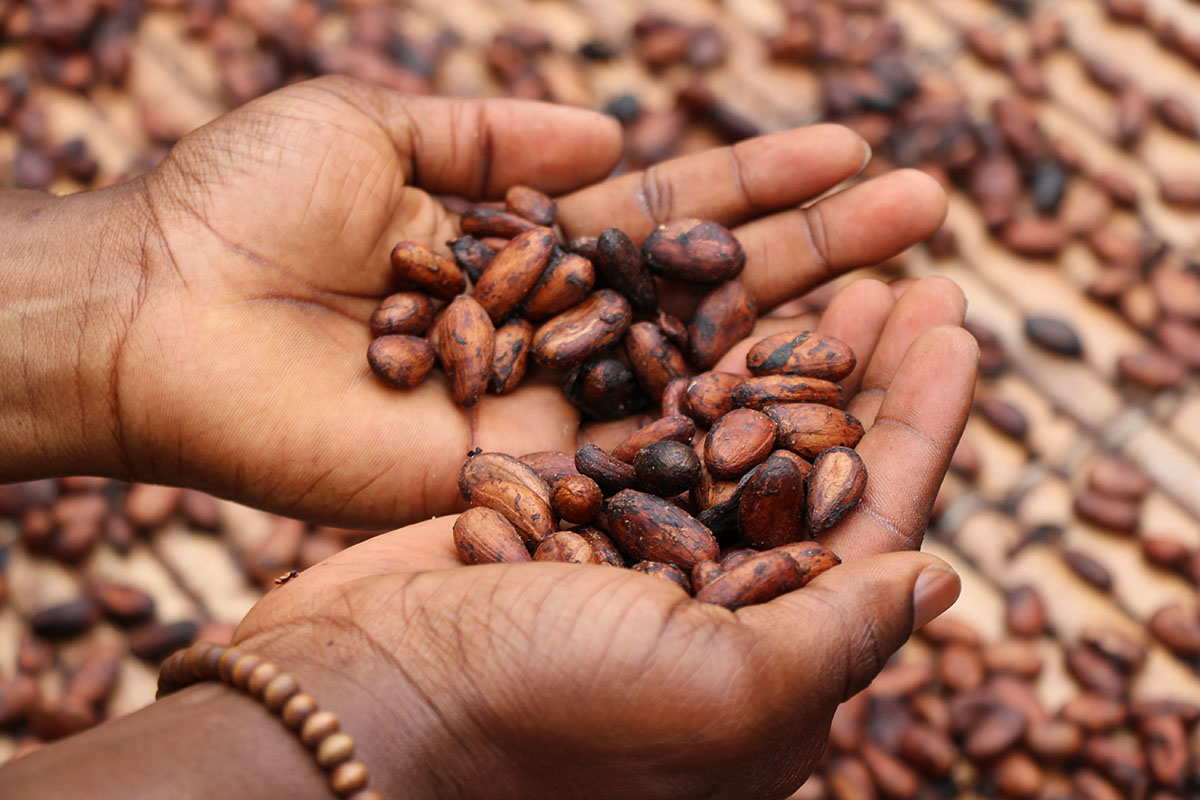
Cacao beans in whole form. Photo by Etty Fidele on Unsplash.
The varying natural growing regions of Peruvian chocolate is one of the things that sets it apart from any other. Since it grows in such incredibly biodiverse areas of the Amazon basin and Andean foothills, the plant encounters many species, soils and climates. Consequently This creates an unparalleled range of unique flavor and high quality. In fact, Peru grows 10 genetic families of cacao, making for a wide scope of tastes and aromas. Here are the three main types of chocolate in Peru:
This is the most popular cacao in Peru (and globally). Nicknamed the King of Cacao (alternatively the prince or queen of cacao), these beans contain a high-fat content and finer quality of taste and aroma. Creole often has flavor notes caramel, nuts, vanilla and tobacco. This is a rarer bean and accounts for only five percent of cacao production worldwide.
Trinitary, or trinitario, is a hybrid variety of cacao made from a crossbreed of criollo and forastero cacao. This type grew originally in Trinidad – hence the name – and accounts for 12 percent of the chocolate produced worldwide. They have a highly variable flavor profile and a strong cocoa taste with less bitterness, unlike the forastero variety described below.
Amazon foreign, also known as forastero, is the most common cacao worldwide and accounts for about 80 percent of global chocolate production. This variety, which hails from the Amazon, has the characteristic acidic, bitter and chocolatey flavor, but without some of the finer subtleties of the criollo varieties. Likely the majority of chocolate you’ve consumed in your lifetime is forastero.
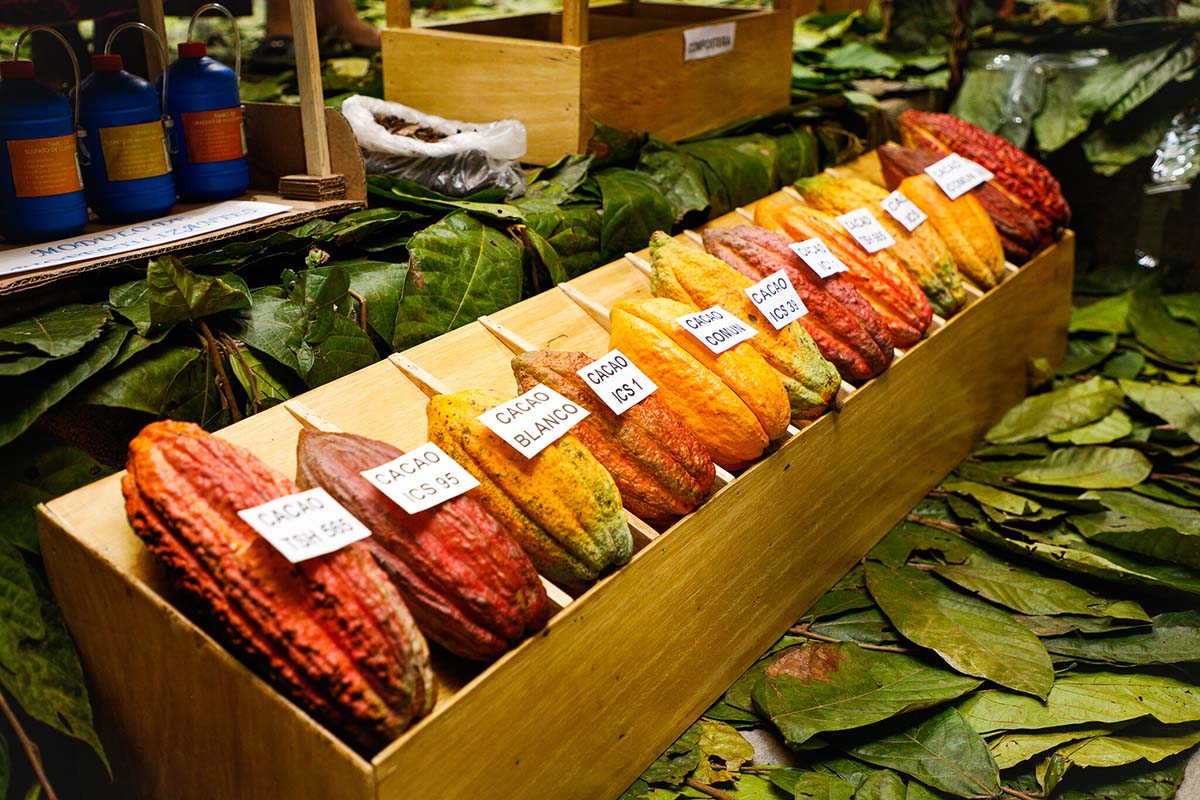
Different varieties of cacao. Image: “MINISTRO DE LA PRODUCCIÓN, RAÚL PÉREZ-REYES, PARTICIPÓ EN LA INAUGURACIÓN DEL SALÓN DEL CACAO Y CHOCOLATE PERÚ 2018” by Ministerio de la Producción, used under Public Domain Mark 1.0 / Compressed from original
During the time of the Incas, local indigenous groups consumed cacao as a beverage throughout the Amazon and in the high jungle of the Andean foothills. The frothy beverage was medicinal and even ceremonial in nature. Ground cacao beans, fruit juices, spices and medicinal – sometimes psychoactive – plants were in the brew.
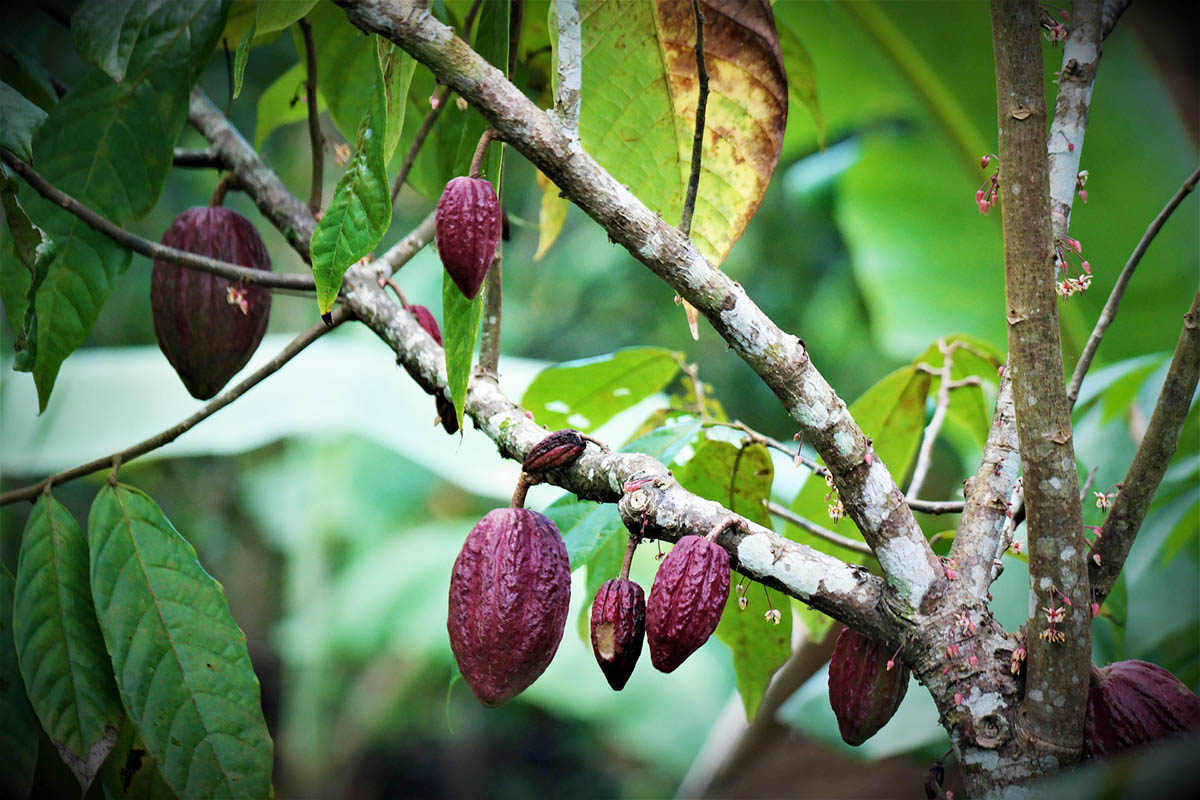
These pod-like fruits bear the cacao beans that make Peruvian chocolate. Photo by Tiluria on Pixabay.
When cacao made its sugary journey around the world and back again, Peruvians embraced the confectionery potential of the bean, as well. To meet the demands of a growing market, more and more cacao farms sprang up across the country to produce a range of chocolate bars, truffles and cocoa powders. As a result, these products, grown in the birthplace of cacao, have been seamlessly and proudly incorporated into the culinary identity of the country.
Beyond the bars and powders, popular uses for chocolate in Peru include:
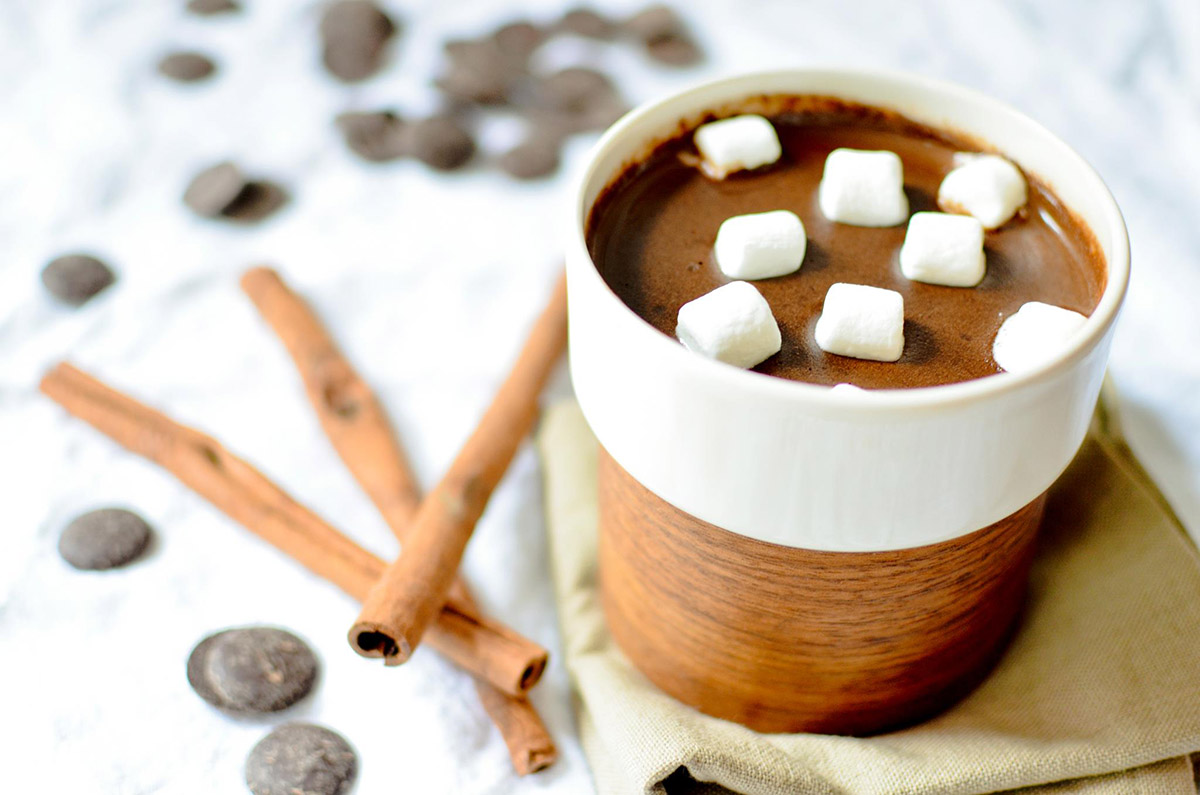
Hot chocolate spiced with cinnamon. Photo by Chocolate Cusco Facebook.
In this informative and hands-on workshop, you will learn about the facts and growing regions of Peruvian cacao. Then you will make your own chocolate starting from roasting the beans all the way to pouring the melted chocolate into the molds. Experiences available at ChocoMuseo in Cusco, the Sacred Valley and Lima, plus the lesser-known but super awesome El Cacaotal in Barranco.
Select lodges in the Amazon rainforest have cacao plantation tours included in your stay, or at an additional cost. At Reserva Amazonica in Puerto Maldonado, for example, a cacao plantation tour is included in their a la carte program. During the tour you’ll be able to go directly where Peruvian cacao is grown, meet the farmers and even taste some fresh cacao beans right from the pod. Tours to local, family-owned plantations just outside of Cusco, specifically Valle de la Convención, are also available through ChocoMuseo.
At ChocoMuseo, you can sample a variety of house brand products, ranging from liqueurs, marmalades, nut butters, and their white, dark and milk chocolate bars. To try a range of different brands and products, you can visit El Cacaotal for a chocolate tasting experience. Explore the entire spectrum of Peruvian cacao without leaving the boutique, with expert local insight about this beloved superfood.
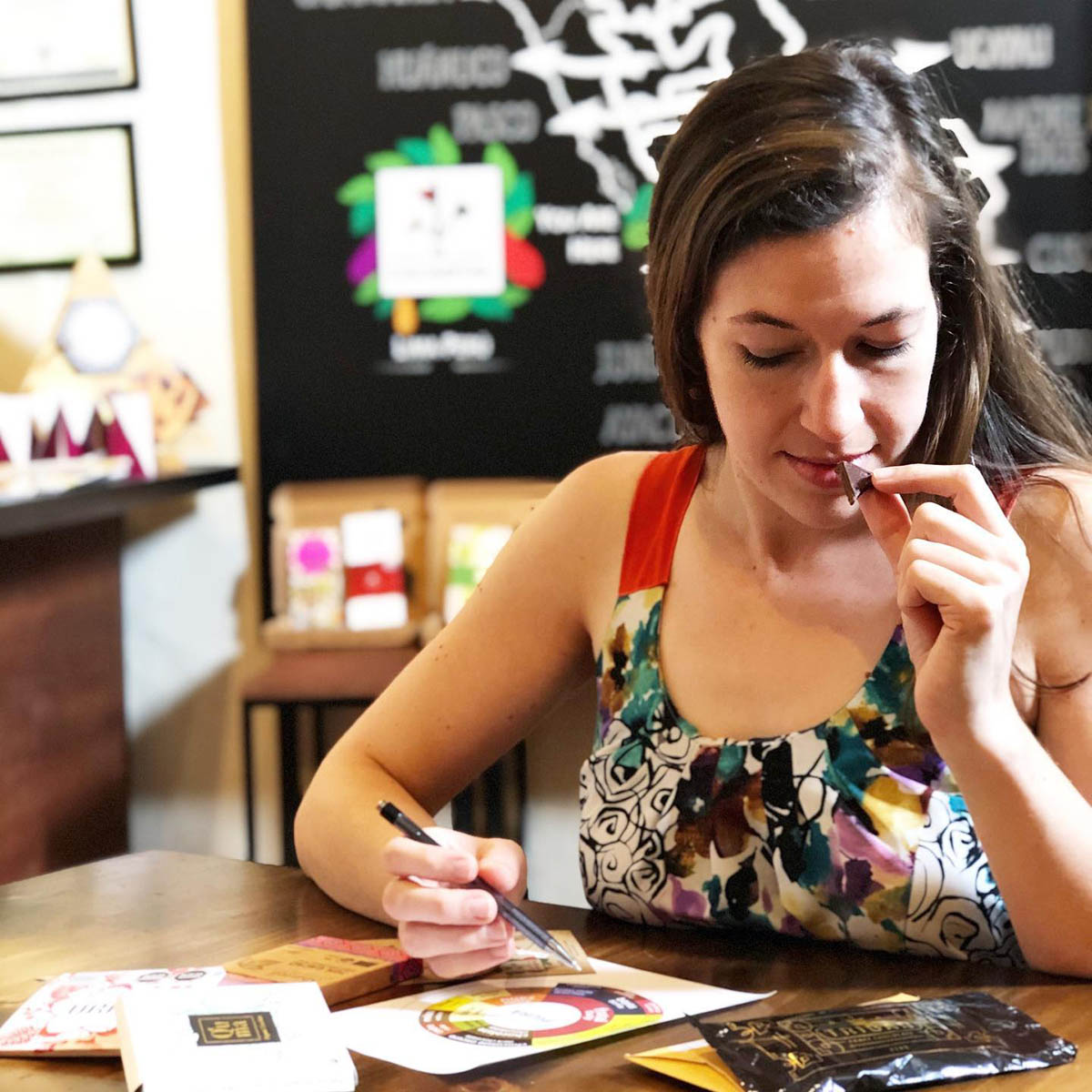
El Cacaotal offers chocolate tasting workshops in Barranco, Lima. Photo by El Cacaotal Facebook.
Learn about a local craft, brew and confection all in one class. This ceramics, chicha de jora and chocolate workshop is offered by Map It in Cusco. Attendees mold, paint and take home a ceramic; learn the process of making Inca Beer, or chicha de jora, at a local Chicheria; and finally, prepare chocolate with traditional Chichubamba methods (a village in the Sacred Valley).
More of a truffle person? You can make those, too! ChocoMuseo also has an amazing truffle-making workshop, where you’ll learn to make ganache and shelled bonbons. Of course, you’ll learn a lot about Peruvian cacao during the class and have tastings throughout.
ChocoMuseo also offers a Chocolate and Pisco tour, which is an excellent experience for anyone wanting to try local cacao and the national spirit of Peru all in one day. Pisco is a grape-based brandy from the wine valleys of Peru and Chile. Locals and visitors enjoy it in the popular drinks Pisco Sour and Chilcano.
The Cocoa and Chocolate Show is an annual chocolate festival and an absolute paradise for chocolate-lovers. The event, founded in 2010, is the largest chocolate showcase in the region and brings more than 200 brands of chocolate and supplies. The 2020 event is virtual and takes place August 19-21. This year’s theme is Production and Market of Sustainable Cacao and Chocolate. Check their website for future events.
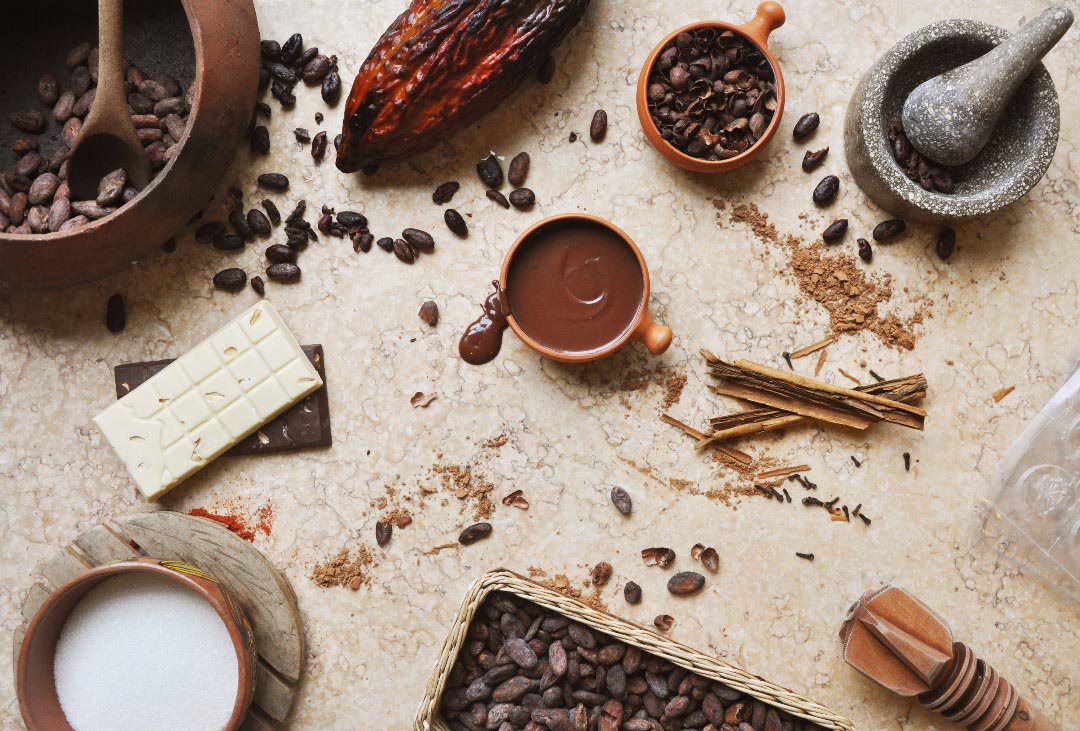
The basic ingredients and tools for making delicious Peruvian chocolate. Photo by ChocoMuseo.
There are countless brands of chocolate throughout Peru to sample, from bars sold on small family farms to truffle boxes available in every supermarket. Here are a few of the most popular brands in Peru:
Cacaosuyo chocolate is 100 percent traceable and grown in three areas of Peru: the Piura region on the north Peruvian coast, the Cusco region in the Andes, and the Amazon rainforest. This tree-to-bar chocolate has a range of flavor notes ranging from fruit to honey to herbal, depending on the growing region. It comes in bars of 70 and 80 percent dark, and 50 and 40 percent milk, with a range of toppings.
*100 percent traceable, tree-to-bar chocolate.
Where to buy Cacaosuyo: Available in Wong locations throughout Peru, as well as small shops in San Isidro, Miraflores and Barranco districts of Lima. Click here for locations. Currently not available for online purchase.
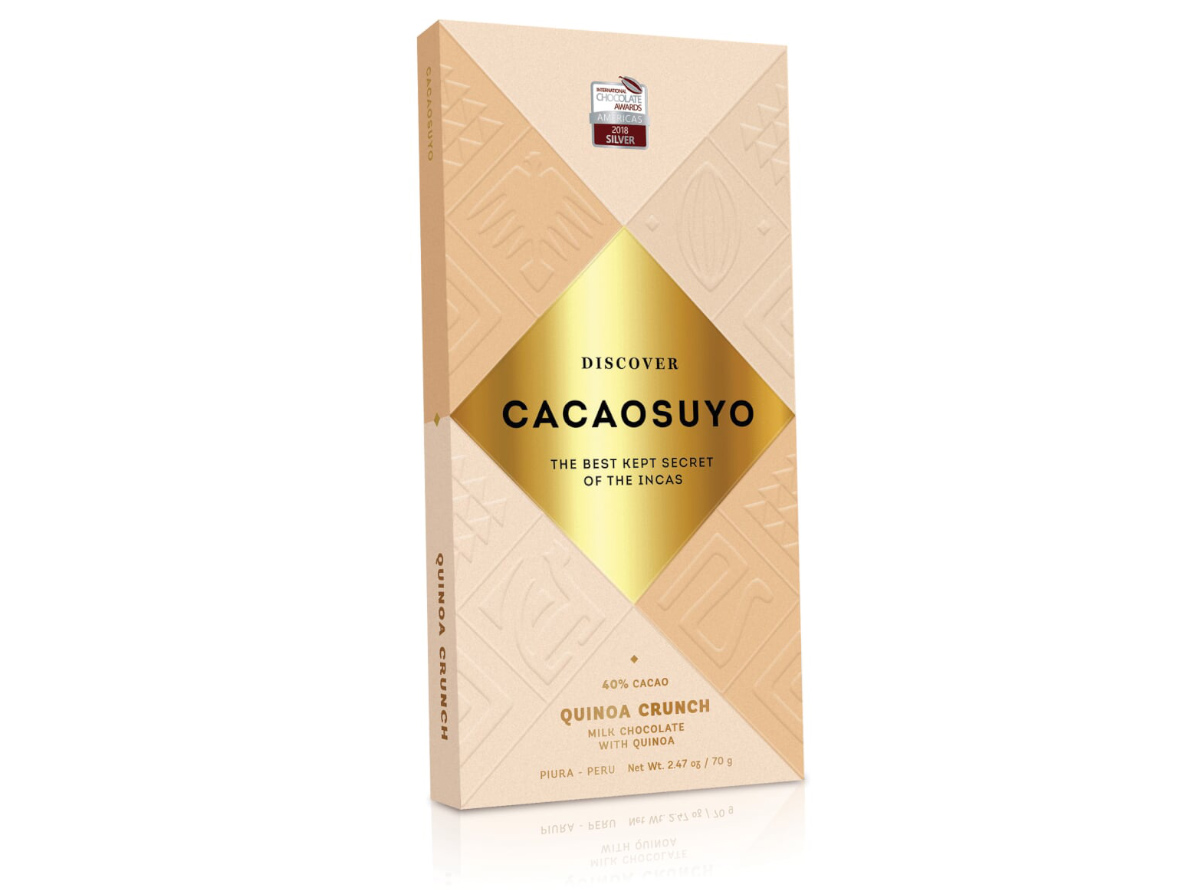
Cacaosuyo recently launched distribution in the United States. Image: Cacaosuyo’s Facebook
Orquidea production takes place in the San Martin region of the Peruvian Amazon. This sustainable chocolate brand is organic and works in alliance with local farmers. The chocolate itself has a deep, intense aroma and taste and comes in dark and milk chocolate ranging from 35 to 80 percent cacao. The bars also have local ingredients incorporated, like kiwicha, quinoa, peanut and coconut. The brand also sells chocotejas and hot chocolate.
*USDA Organic, EuroLeaf Organic, JAS Control Union Certification, Control Union Fair Choice Social and Fair Trade Standard.
Where to buy Orquidea: Orquidea can be found at Wong, Metro, Plazavea, Vivanda, Tottus, and many smaller boutique markets in Miraflores, Barranco and San Miguel. Click here for locations. Currently not available for online purchase.
La Iberica has been proudly making Peruvian chocolate for over 100 years. They have a full line of various chocolates, toffees, marzipans, turrones and more. Chocolate products include truffles, bonbons, bars and gift boxes for any occasion. Cacao levels range from 40 to 52 percent. Stand-alone La Iberica shops are throughout Peru.
Where to buy La Iberica: La Iberica can be found all across Peru, with distribution locations in Lima, Trujillo, Arequipa, Cusco and beyond. Click here for location. They do have an online shop, but shipping to the United States is not available.
ChocoSombra is a direct trade, biodynamically-farmed chocolate and coffee brand that sources from the lush cloud forests of Peru. The company uses the most sustainable methods to produce their shadegrown chocolate and coffee, and have the most humanitarian practices when it comes to their direct relationship with local farmers and workers. They sell both raw cacao and decadent 70 percent chocolate bars comprised of just cacao, sugar, cocoa butter and vanilla.
Where to buy ChocoSombra: The company has an online store where you can purchase their cacao and coffee products. Click here to browse.
Other popular brands include: Domenico (USDA organic, Fair Trade Certified), Magia Piura, Elemento, Marana (available for online purchase), Nina and Shattell (available for online purchase).
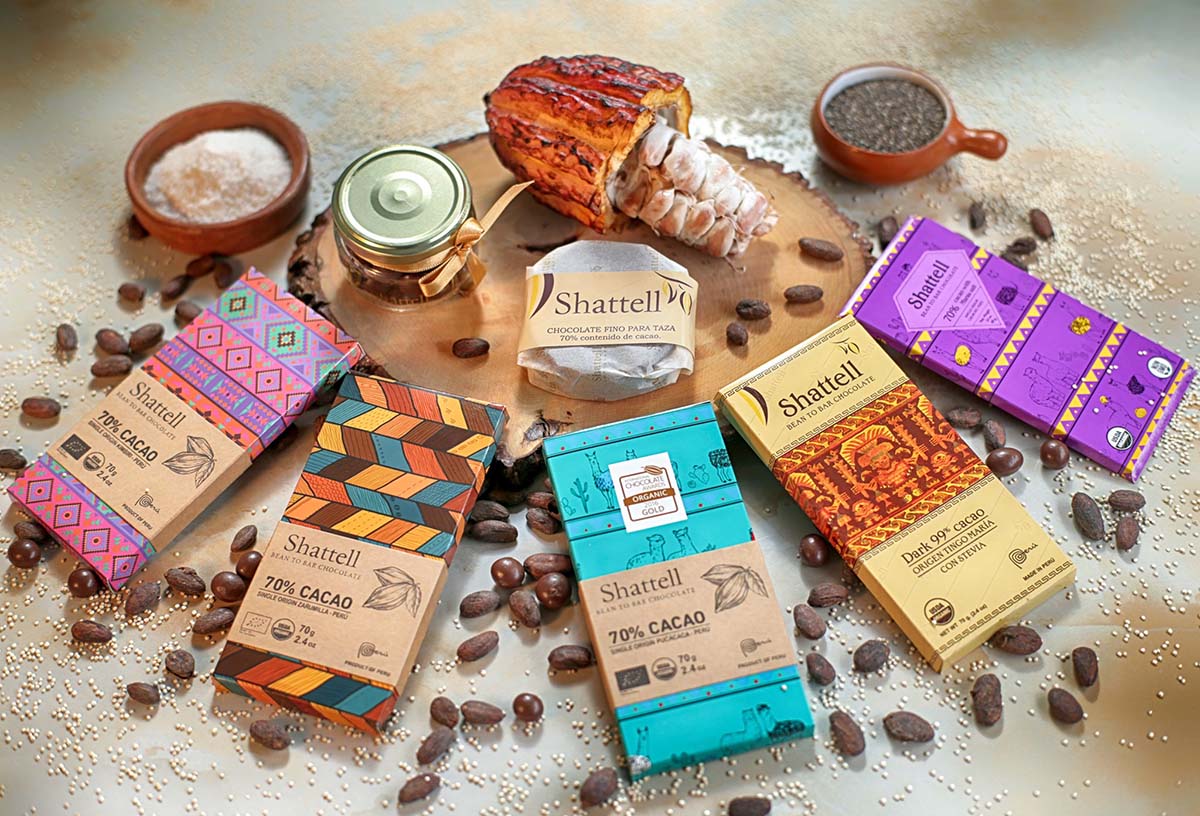
Shattell is a Peruvian chocolate brand. Photo by Shattell’s Facebook.
You can incorporate a Peruvian chocolate experience, such as a bean-to-bar workshop, chocolate tasting or cacao plantation visit into any of our fully-customizable travel packages. Just talk to your travel advisor, and they will be sure to book you on the best chocolate experience of your life, right in the birthplace of cacao.
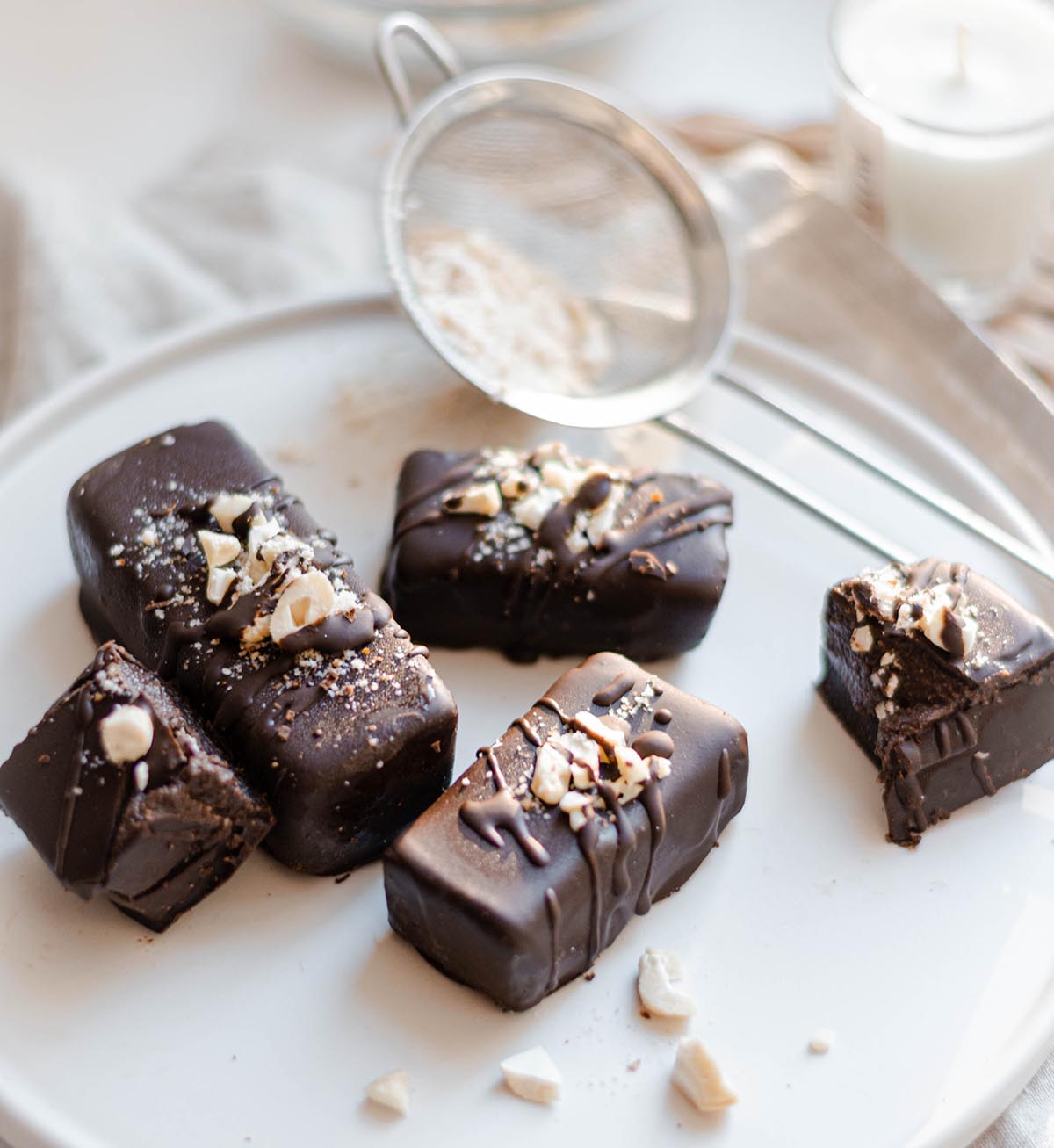
Peruvian chocolate truffles. Photo by Julia Androshchuk on Unsplash.
Contact us today to book your Peru trip and be sure to let us know you are a chocolate lover!

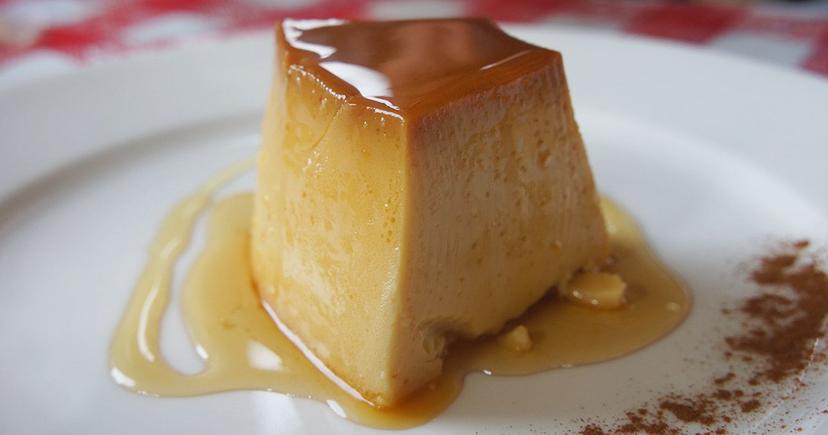
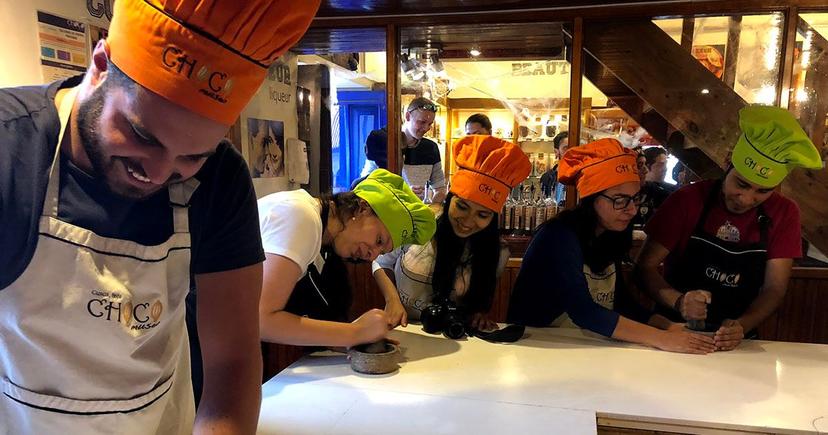
Email: [email protected]
Sign up to receive our newsletter for great articles, stunning photos, and special deals.